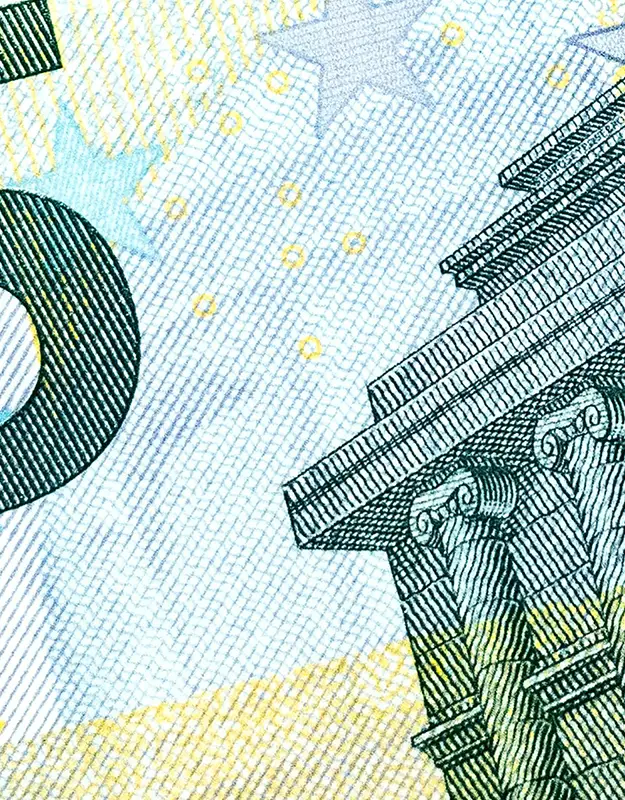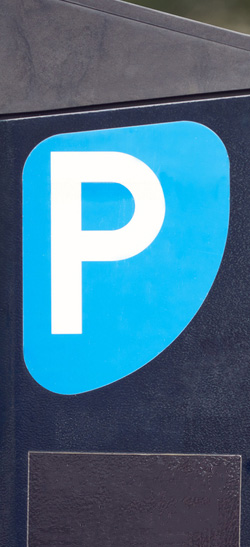Counterfeiting, the production of fake paper currency, is an ancient practice that has evolved alongside money itself.
From early coin forgeries to counterfeit bills spanning from ancient coinage to paper money, counterfeiters have continually adapted to advancements in currency security features.
This illicit activity undermines economies, reduces trust in financial systems, and imposes significant costs on governments and consumers.
In the 1700s it even evoked the death penalty for two Swedish female banknote counterfeiters, who were sentenced to death for counterfeiting and passing banknotes.
This blog examines how counterfeiting has evolved over time.
Counterfeit Money: A Definition
Currency counterfeiting refers to the creation of imitation currency with the intent to deceive and defraud, having significant historical and economic implications.
This includes making fake notes, counterfeit coins, or any other form of legal tender.
The primary goal of counterfeit currency is to trick others into accepting these imitations as genuine money.
Counterfeiting currency is a crime, that is punishable by law.
Where Does the English Word ‘Counterfeiting’ Come From?
The term ‘counterfeit’ originates from the old French word ‘contrefaire,’ meaning ‘to imitate,’ which itself comes from the Latin ‘contra’ (against) and ‘facere’ (to make or do).
The word historically implies making something in opposition to what is real or genuine.
A History of Counterfeiting
Ancient Times
Counterfeit money dates back to ancient times when coins made from precious metals were first introduced.
Fraudsters would shave off small amounts of metal from genuine silver coins or create fake coins using fewer valuable materials.
In the 5th century Byzantine Empire under the rule of Emperor Justinian, was famed counterfeiter Alexander the Barber. He was so skilled in the field that he was not punished by Emperor Justinian, rather he eventually became employed by the finance department of the state.
7th Century: The Origins of Paper Currency
The concept of paper currency originated in 7th century Tang dynasty China, where it was referred to as “flying money.”
Although this early form of currency was not true paper money, it laid the foundation for the development of real paper money, which emerged in the 11th century during the Song dynasty.
Paper Money
In 1160, the Chinese Song dynasty began issuing paper currency, marking a significant advancement in the history of money.
The practice continued through the Song, Yuan, and Ming dynasties, with paper currency circulating widely in China until the 1430s.
Medieval Period
During the medieval period, counterfeiting became increasingly prevalent as coinage circulated widely across Europe, the Middle East, and Asia.
This era saw a variety of methods employed by counterfeiters, ranging from clipping precious metal coins to creating entirely fake coins using base metals.
The widespread use of coins made from gold, silver, and copper presented both opportunities and challenges for counterfeiters and authorities alike.
Authorities imposed harsh legal penalties on counterfeiters to deter the practice. Punishments ranged from fines and imprisonment to mutilation and execution. In England, for example, King Henry I decreed that convicted counterfeiters should have their right hand amputated.
Governments also frequently redesigned coins. New designs often featured intricate patterns and images that were harder to replicate.
Official mints introduced mint marks and other identifying features to distinguish genuine coins from forgeries.
18th Century
“In the early eighteenth century, counterfeiting in America entered a kind of golden age that would last for roughly 150 years.” Historian David R. Johnson
‘Phony money’ circulating in the U.S. economy was threatening to weaken confidence in its finances, thereby disrupting trade and ultimately lead to destabilising the creation of the US itself. During the revolutionary war, British forces used counterfeit currency to destabilize the American economy by distributing fake Continental Dollars.
These were high-stake years, because fake money threatened to weaken confidence in the finances of the young nation. Without trust in the dollar, there could be no commerce; without commerce, there could be no country.
The U.S. government authorities have frequently redesigned its money to stay ahead of the counterfeiters. The history of America’s money is largely a history of the struggle to keep a step ahead of the forgers.
19th Century
At the close of the U.S. Civil War, almost one-third of all currency in circulation was counterfeit, endangering the nation’s financial security. During this period, counterfeit Confederate States dollars were often printed on high quality banknote paper by Northern interests, illustrating the sophisticated methods used in counterfeiting operations.
To tackle this issue, the Secret Service was created in 1865 as a bureau within the Treasury Department, dedicated to eradicating widespread counterfeiting.
20th Century
The 20th century saw the rise of sophisticated counterfeiting methods, particularly during wartime. For instance, during World War II, Nazi Germany implemented Operation Bernhard, a large-scale effort to forge British banknotes to destabilise the British economy.
The ongoing challenges of forged notes led to various measures to combat counterfeiting, including currency redesigns and enhanced security features.
Post-war, advances in printing technology made counterfeiting more accessible, prompting governments to continually enhance security features in currency.
In the 1990s, the Chairman of the Chinese Communist Party, Chairman Mao Zedong, set out to combat counterfeiting by depicting his face of banknotes as they would be harder to replicate.
21st Century
In the 21st century, digital technology has revolutionised counterfeit currency. Shortly after Australia switched to decimal currency in 1966, a significant counterfeiting incident occurred involving counterfeit notes. A notorious counterfeit syndicate managed to produce fake $10 notes, leading to arrests and public concern over the security of currency.
Modern counterfeiters use high-resolution scanners, printers, and graphic design software to create detailed replicas of banknotes.
For example, in 2011, a Canadian counterfeiting ring produced over $1 million in fake $20 bills using advanced inkjet printers. The high quality of these counterfeits made them difficult to detect initially.
In response, governments have introduced advanced security features in banknotes. The European Central Bank’s “Europa series” and the redesigned U.S. $100 bill include holograms, colour-shifting ink, and other elements to deter counterfeiting.
The Future of Counterfeiting
The future of counterfeiting is likely to involve even more advanced technology, including 3D printing and artificial intelligence (AI).
The Federal Reserve Bank has played a crucial role in enhancing banknote security through research collaborations and innovative anti-counterfeiting features.
Security experts anticipate a continual arms race between counterfeiters and authorities, with emerging technologies on both sides driving innovation.
Conclusion
Counterfeit currency has long been a persistent issue, constantly evolving alongside technological advancements. While past forgeries were primarily physical, today’s counterfeiters increasingly use sophisticated digital tools, creating new hurdles for law enforcement and security agencies. As both counterfeiters and authorities continue to adapt, the battle against fake currency is far from over.
At PayComplete, we provide cutting-edge solutions to combat counterfeiting, using advanced technology to safeguard financial transactions and protect businesses and consumers alike. Our innovative CashTech solutions help detect and prevent fraudulent activity, ensuring a secure future for digital payments.
If you’re ready to protect your business from counterfeit threats, explore our solutions today and take the first step toward a safer tomorrow.

Related Posts








